Laplace Transform solving jump discontinuities
The unit step function $H(t)$ is that
Its graph is

And we denote its shift by $H(t-T)$ or $H_T(t)$. Sometimes we also let $H(0)$ undefined just to make everyone happy.
There’s another that step up at time $t=a$ and step down at time $t=b$, making it a box, this function $u_{ab}(t)=H_a(t)-H_b(t)=H(t-a)-H(t-b)$.
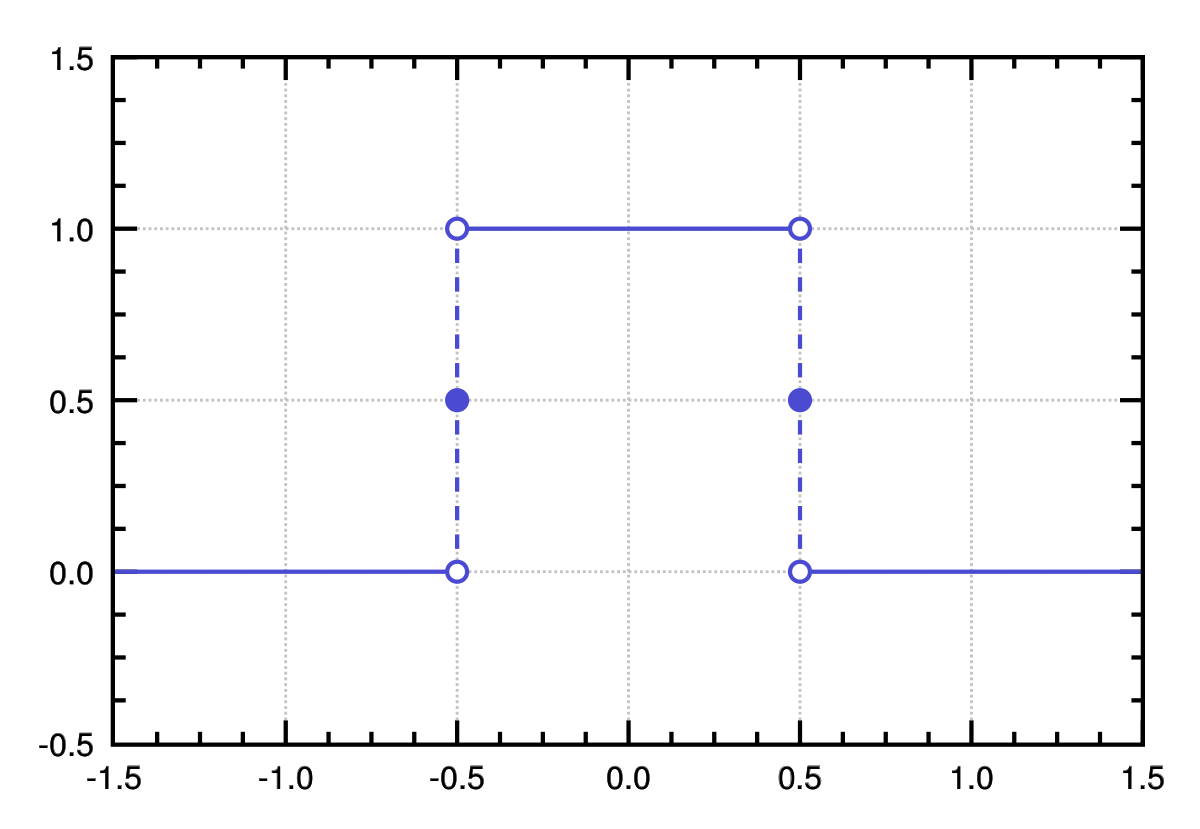
Why we care about such function? For example, if we want to find a Lapace transform on a function on certain interval $[a,b]$ we can multiply the function by $u_{ab}(t)$, like below
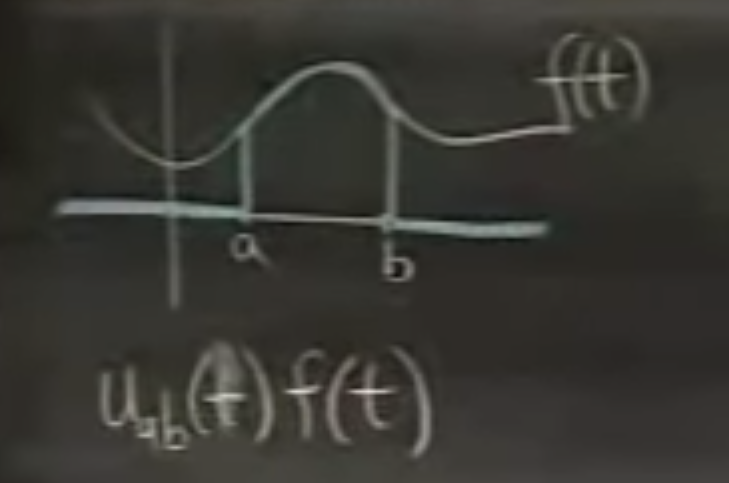
Unique Laplace transform w/ step functions
What’s the Laplace transform on the step function $H(t)$?
This isn’t a big problem, but what’s $\mathcal L^{-1}(\displaystyle \frac{1}{s})$? Is it the constant 1 or the step function $H(t)$? This problem not only happens on these, but on all the functions.
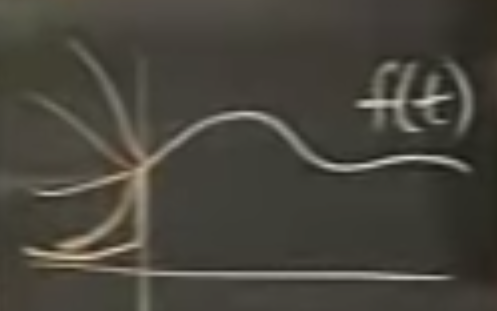
On Figure 4., $f(t)$ with different less-than-zero values. Because Laplace transform only cares about values greater than 0, $f(t)$ with different less-than-zero values has the same Laplace transform. Therefore we want to have a unique inverse Laplace transform. This is done by multiplying the $f(t)$ by step function $H(t)$.
First off, there’s no formula that can express $\mathcal L(f(t-a))$ in terms of $\mathcal L(f(t))$, because, as in Figure 5, Laplace transform of $f(t-a)$ use values that were not used in $f(t)$. When we do Laplace transform, we’ve already given away the information of the negative values. <assuming $a>0$ >
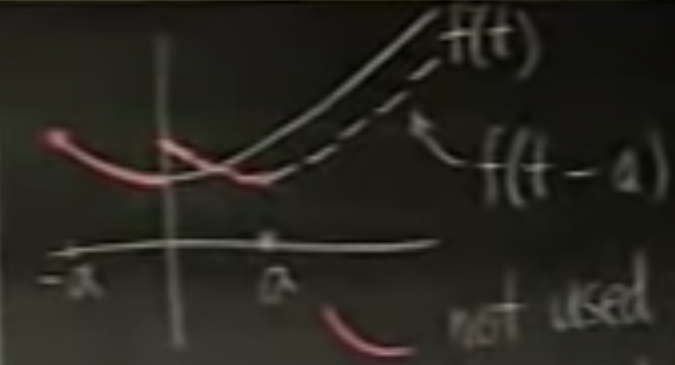
What we can do instead is we have formulas for $\mathcal L(H(t-a)\cdot f(t-a))$ in which we erase away the original negative values, as in Figure 6.
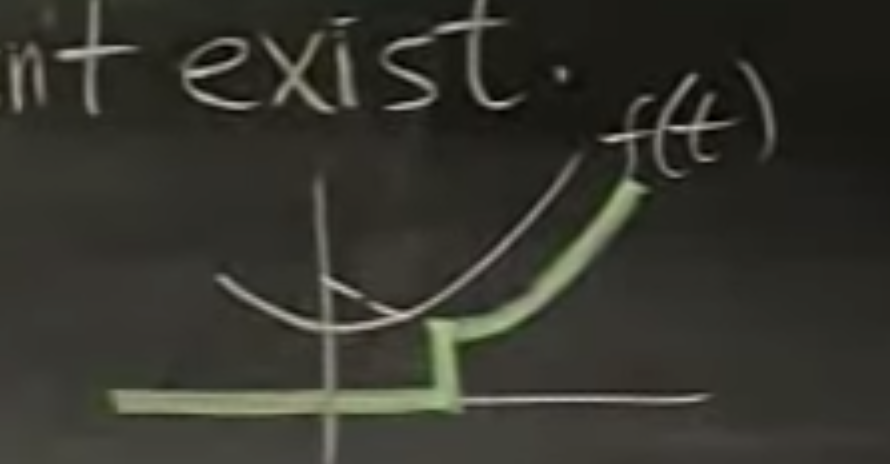
The formula for that is
But the problem is the functions in our problems will not appear in the form of $f(t-a)$ therefore we need another formula:
Proof for (2):
From (2) to (3) we can brute force it by replacing $f(t-a)$ by $f(t)$ through $t=t-a$.